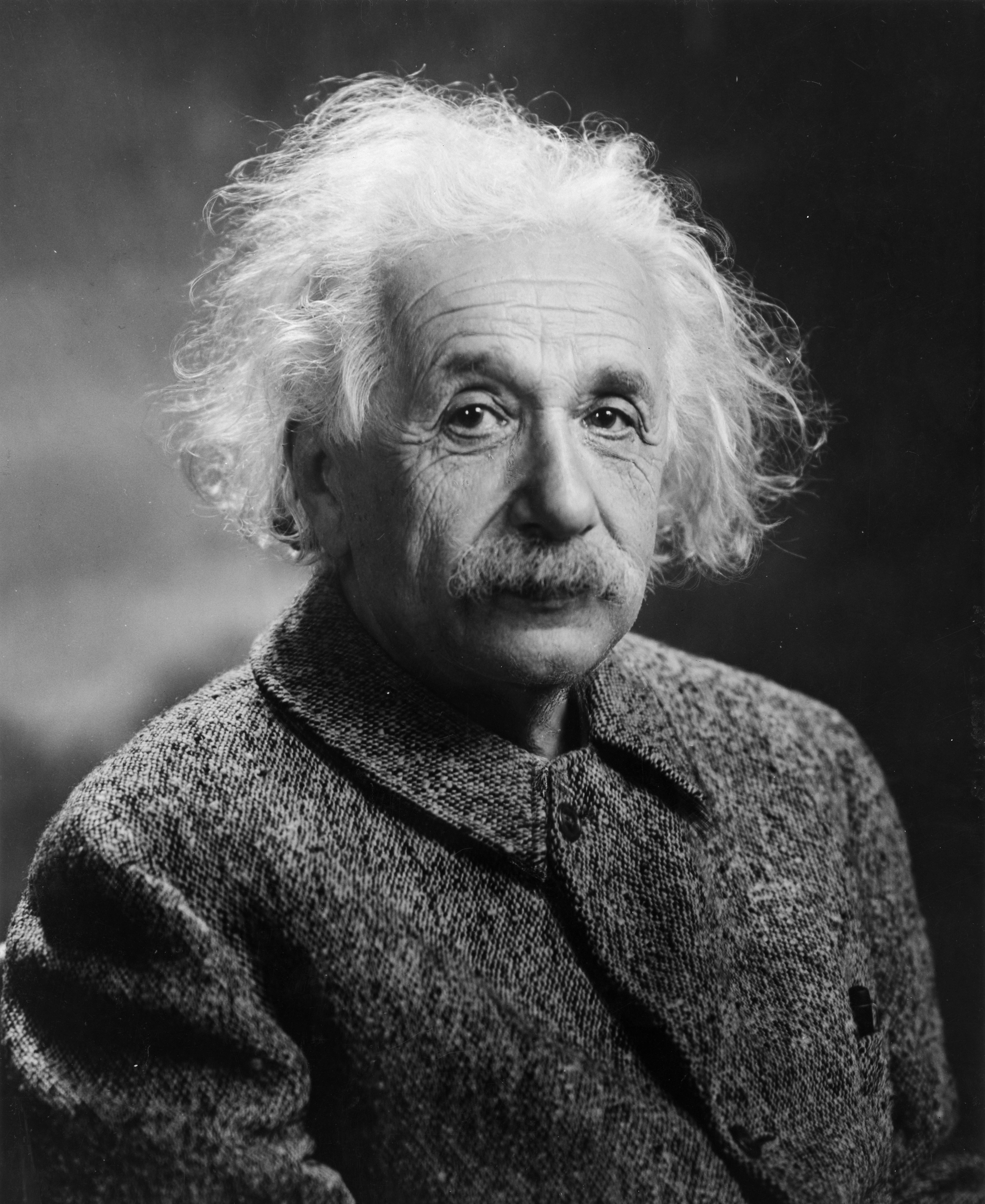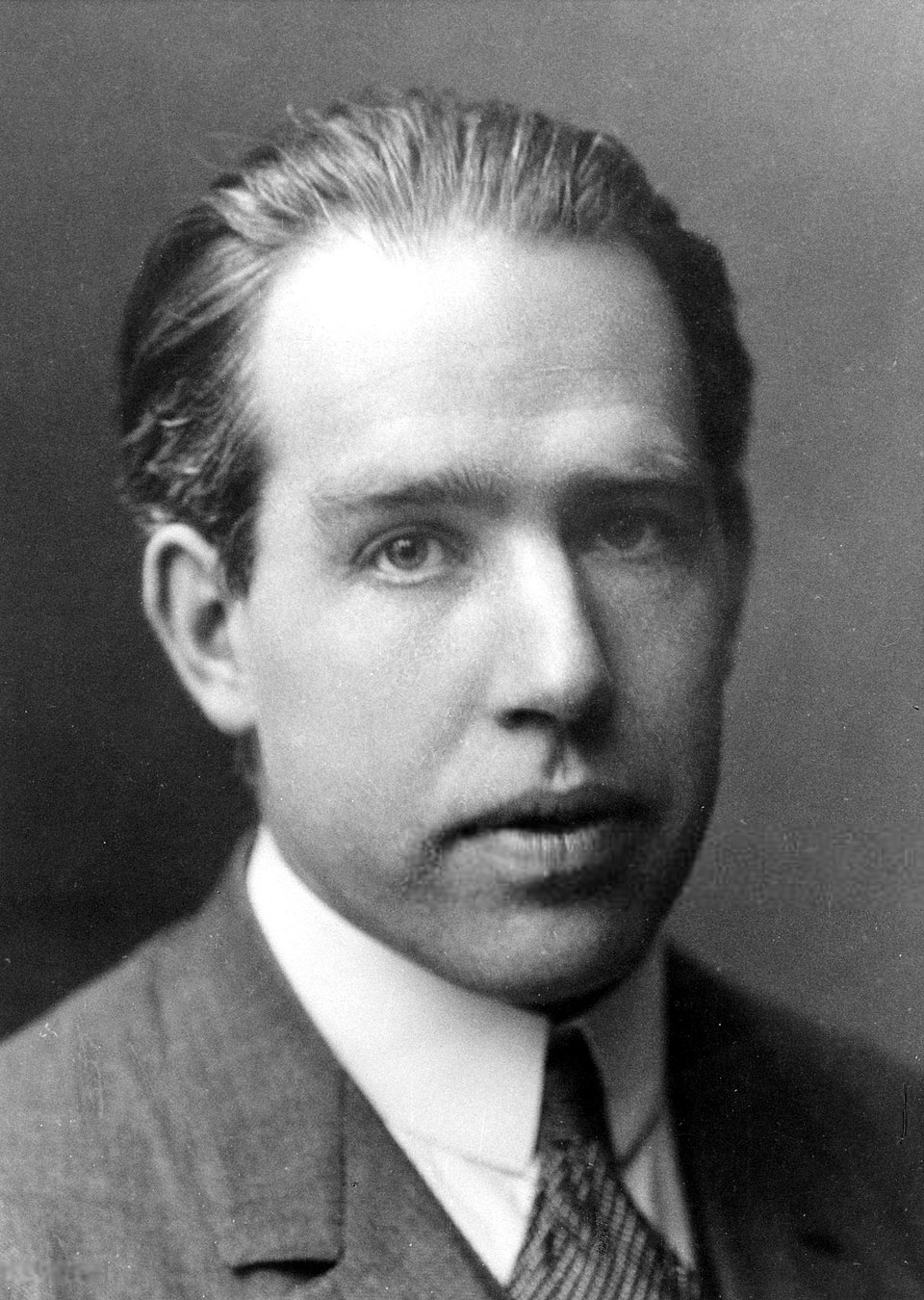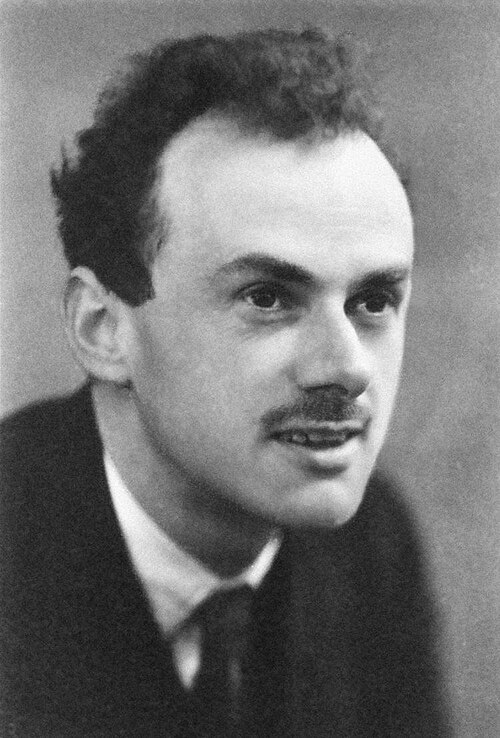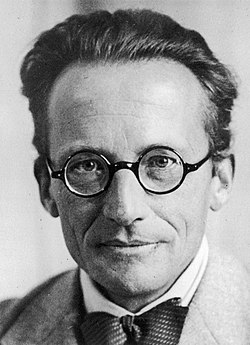Ch. 08 Quantum Mechanics
1/22
There's no tags or description
Looks like no tags are added yet.
Name | Mastery | Learn | Test | Matching | Spaced |
|---|
No study sessions yet.
23 Terms

Albert Einstein
proposed that light energy must come in packets, called quanta or photons.

Niels Bohr
developed a model for the hydrogen atom to explain how the structure of the atom changes when it undergoes energy transitions.

Louis de Broglie
proposed that particles could have wavelike character, and predicted that the wavelength of a particle was inversely proportional to its momentum.

Max Planck
discovered quantum theory, and introduced a fundamental constant.

Werner Heisenberg
stated that the product of the uncertainties in both the position and velocity of a particle was inversely proportional to its mass.

Paul Dirac
formulated an equation which predicted the existence of antimatter and laid the groundwork for quantum electrodynamics.

Quantum Mechanics
explains the periodic table, the behavior of the elements in chemical bonding, and provides the practical basis for lasers, computers, and other applications.
speed of light
3.00 × 10^8 m/s
light
a form of electromagnetic radiation, composed of perpendicular oscillating waves, one for the electric field and one for the magnetic field.
electromagnetic radiation
a wave composed of electric & magnetic fields that oscillate in perpendicular planes
amplitude
height of the wave, measure of light intensity.
wavelength (λ)
a measure of the distance covered by the wave (v/f, speed/frequency)
frequency (v)
number of waves that pass a point in a given period of time.
relationship between wavelength and frequency
is inversely proportional (v = c/λ)
radio waves
have the lowest energy
gamma rays
have the highest energy.
electromagnetic spectrum
all the wavelengths of light
shorter wavelength light (high-frequency)
has higher energy
High-energy electromagnetic radiation
can potentially damage biological molecules (ionizing radiation)
interference
interaction between waves
constructive interference
when waves interact so that they add to make a larger wave (in phase)
destructive interference
when waves interact so they they cancel each other (out of phase)